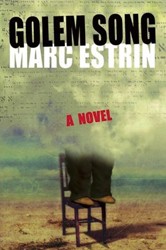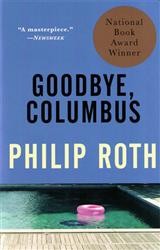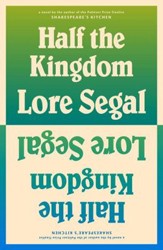Beatrice, a young Englishwoman with a bent for adventure, travels alone to Palestine in 1906. Her unusual purpose is to find and paint the flowers mentioned in the Old Testament, most especially the mandrake, an herb whose roots and white flower resonate symbolically in her story. Journal entries and letters to her close friend, Vanessa, reveal her unstable and naïve character, and tell the story of her search, and of the disaster that engulfs her. Yet this painter is quite naturally an astute observer of her surroundings, and has filled her journal with delicate descriptions of landscape and city, and of the people she encounters.
Comments by the family doctor who is sent to report on her conditions and to help her are meant to inform Vanessa and, not so incidentally, the reader, about Beatrice’s emotional state, and also to interpret her aberrant behavior. His analysis of her condition is at odds with Beatrice’s understanding of her situation, and leaves the reader, at the end, with a puzzle to unravel. And speaking of puzzles, why is a famed and accomplished Israeli author and critic writing about a devout Christian’s quixotic venture into the unknown?
This novel is not merely travel fiction, nor is it just a psychological study of a troubled personality. It presents a tapestry of interwoven themes that impinge on Beatrice’s encounter with the Middle East and its inhabitants. The desire for freedom of sexual expression as exemplified by Britain’s Bloomsbury Group, of which Beatrice and Vanessa are members, along with Vanessa’s sister, Virginia Woolf, and other English literati, creates confusion and conflict about her sexual impulses. Visiting the ancient religious sites, where Jewish and Christian and Moslem histories have emerged, enhances her devotion to Christianity. Her encounters with Jewish pioneers, immigrants, and refugees from pogroms in Europe, awaken in her a new understanding of the Jewish people. Her dealings with her Arab guide and his family plunge her into an anxious state. The nationalist conflicts of many kinds that foretell a threatened peace, the emergence of that unique Israeli invention, the kibbutz, and the various responses of the growing Jewish population to Zionism, all provide bulk and dimension to her travels, her journal, and therefore to this novel.
Readers of Megged’s other books, such as Foiglman, The Living Or the Dead, and the other works which have won him a number of prizes, will welcome this new translation into English of his short but masterful novel.





